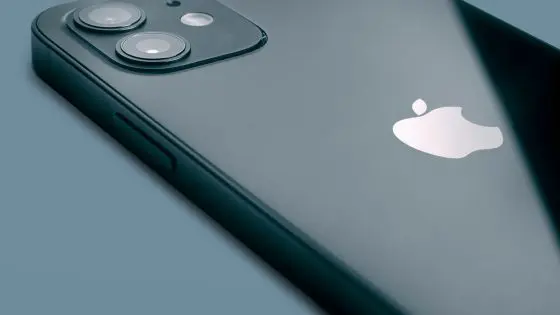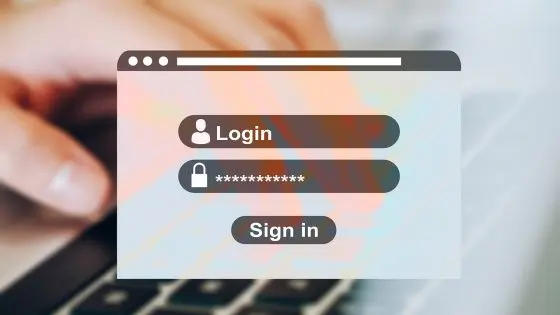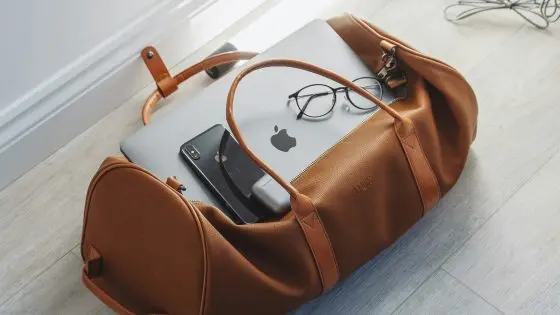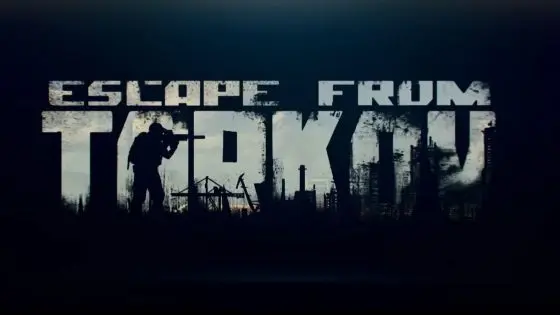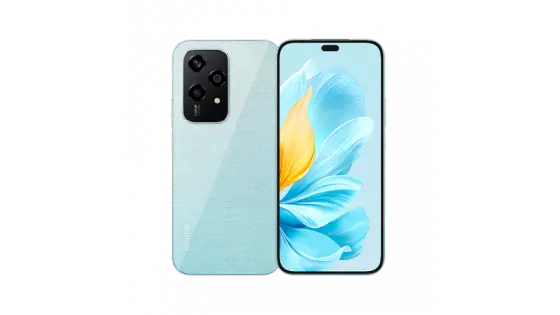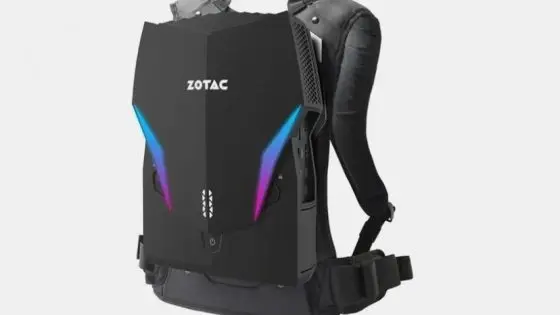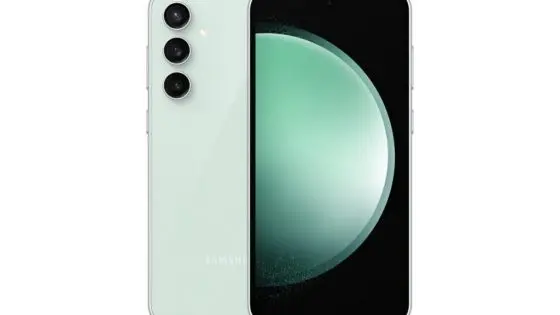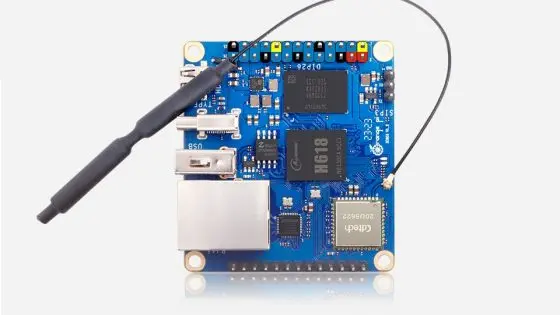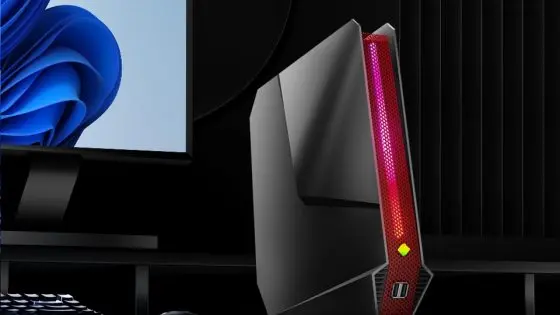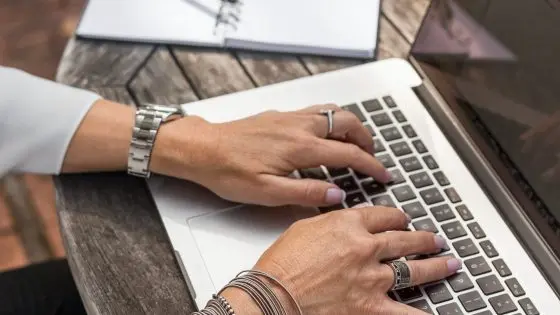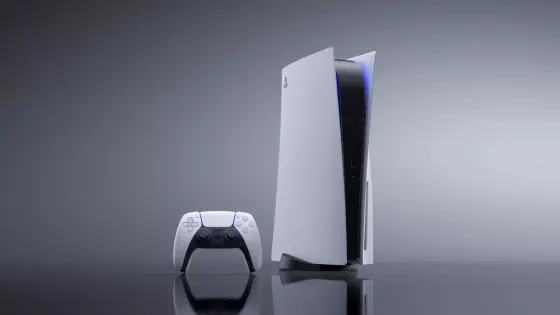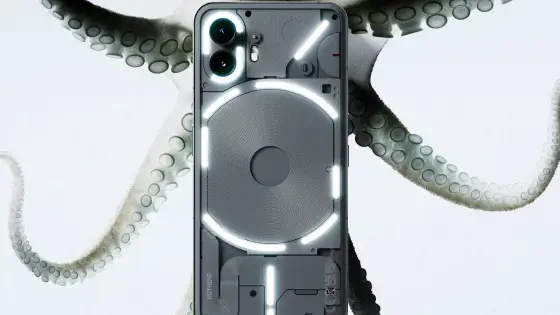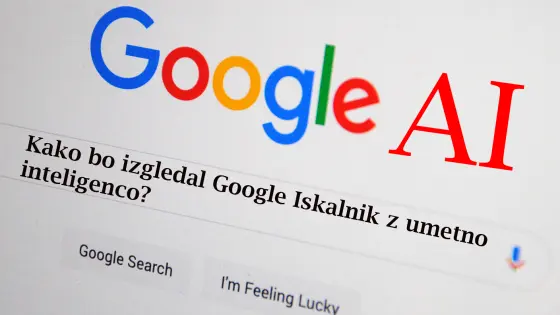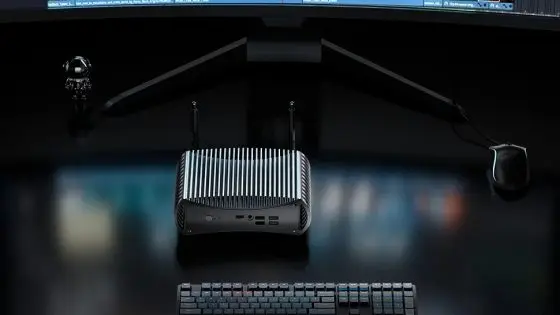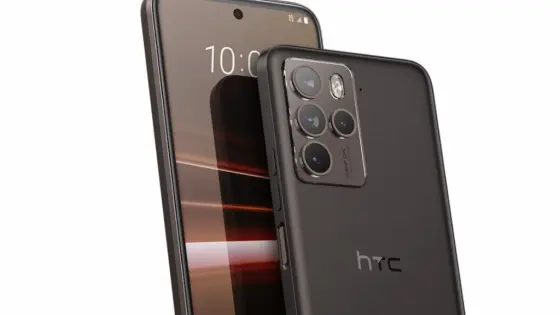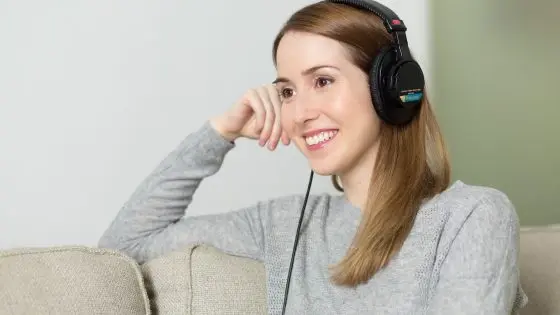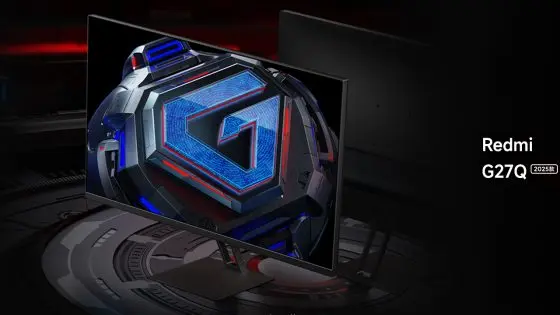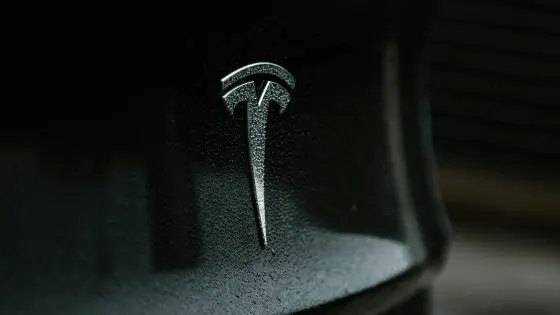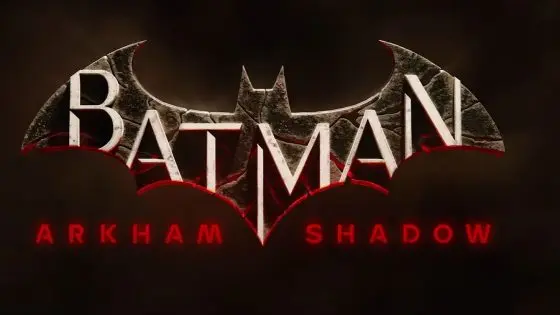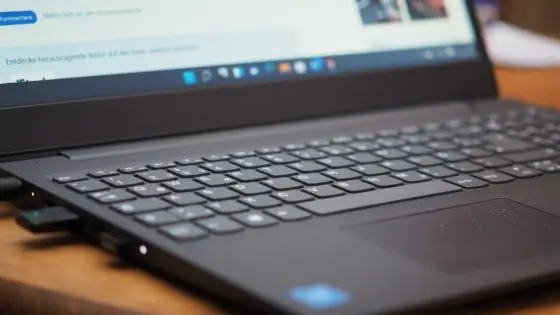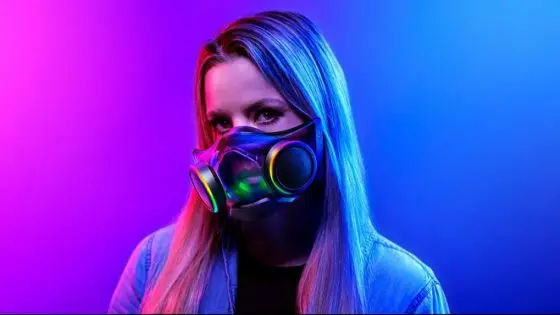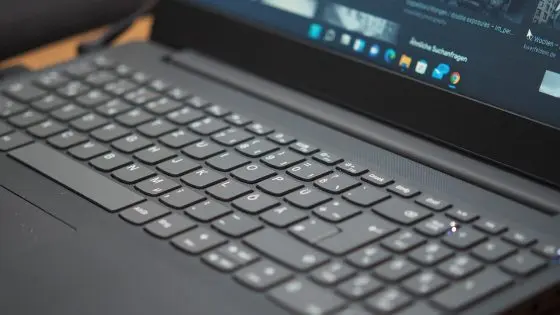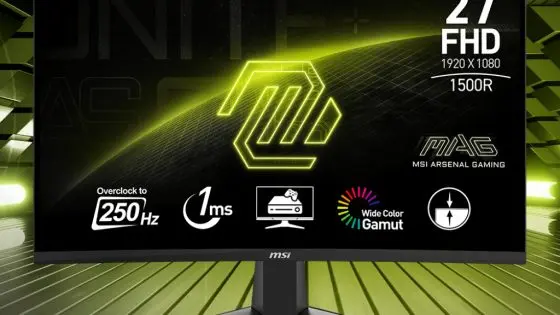How to recognize AI content?
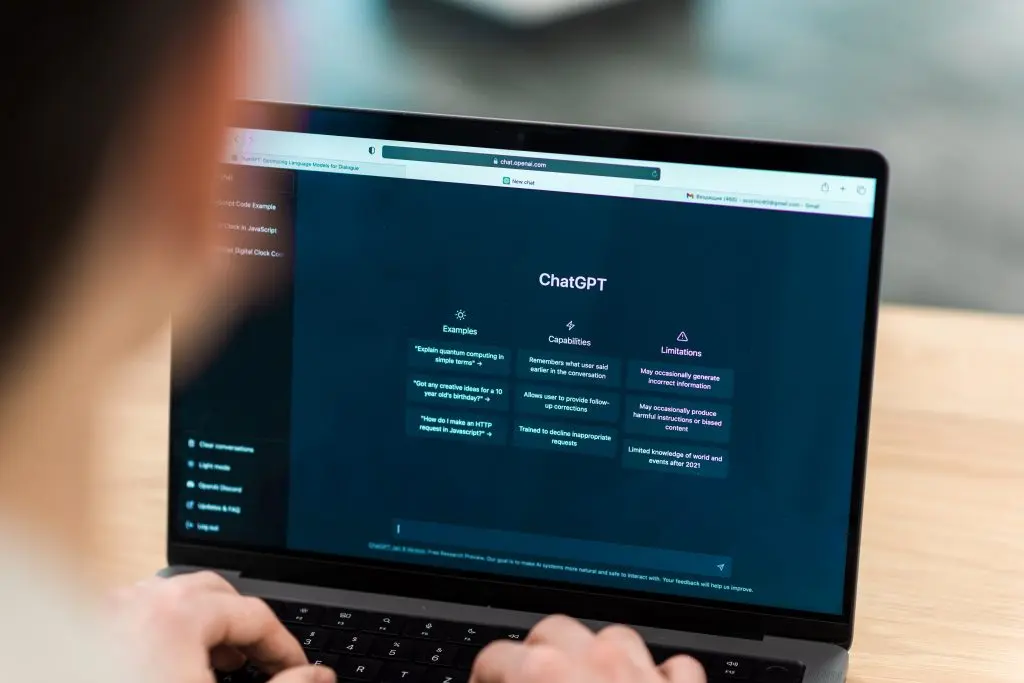
You can still believe your eyes that what you see is actually real. Every day, new photos created by artificial intelligence appear on the Internet. Photo generators like Midjourney, DALL-E 3, Bing Image Creator (also using the DALL-E model) are getting so good that sometimes it's seriously impossible to tell if it's a real photo or an AI . And they manage to do this in just a few seconds, while a real photographer or artist has to invest much more Äasa to capture a similar photo. It has to take into account light, perspective, choosing the right sensor, location, time and more. In Midjourney, we simply enter a few commands and in less than a minute the program suggests more various photos.
Recently, a test was done in the USA in which 1000 adults were tested to see if they were able to recognize what was real and what was created by artificial intelligence. In half the cases, they were wrong. This is moÄ of the Sora language model, the latest brainchild of OpenAI, which started this AI frenzy with the ChatGPT chatbot.
In the years to come, we will all have to become Sherlock Holmes and thoroughly investigate any content we find questionable or suspicious. Even if the content is genuine, we will at least partially suspect that it might not be AI content - if only because of the existence of these high-performance tools.
But there are certain signs that reveal that it is artificial intelligence. The signs we need to learn to recognize, although there is a very high probability that these tips will be out of date in a few months.
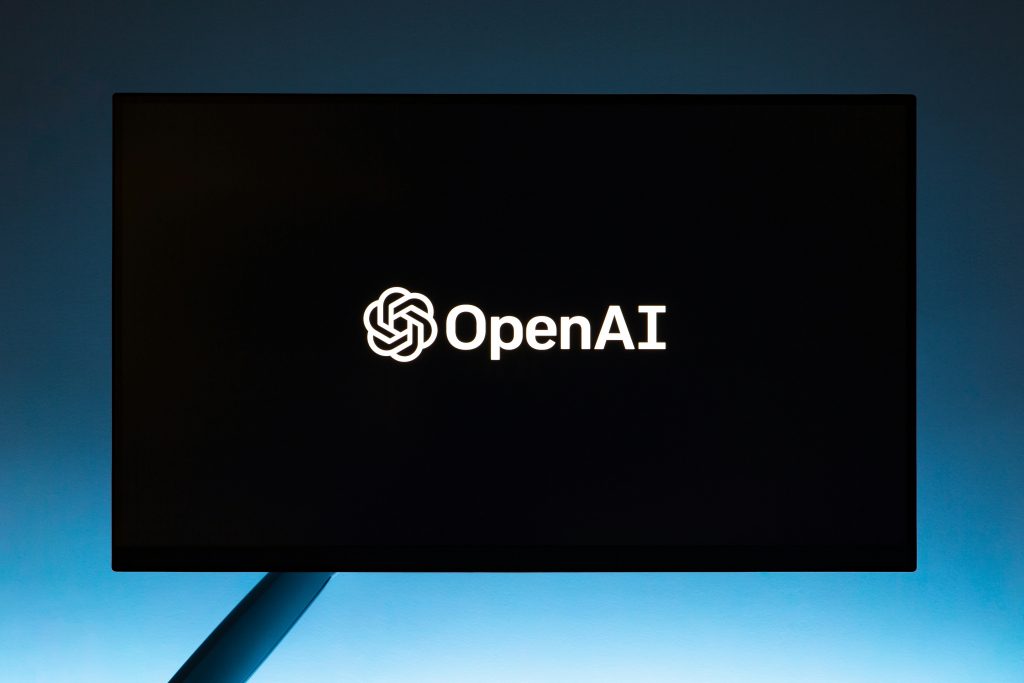
PreveÄ fingers, curled toes and other abnormalities
Linguistic models are trained on large data sets, whether from images, recordings, text and everything else, in which useful information is hidden. This knowledge enables them to use our commands to create new images, videos and even sound recordings. You may have noticed that everything is moreÄ fake or "deepfake" recordings and voices that imitate famous personalities for the purpose of fraud. For example: Elon Musk's image was recently used to promote dubious investments, similar was the case with Youtuber MrBeast.
However, despite everything, artificial intelligence can be wrong. Her body parts give her big headaches. Even experienced artists have problems with human hands, how could artificial intelligence not have them? He often does not know what to do with his hands or fingers, so in the pictures he creates, we often see a person with six fingers, too few fingers, too long arms, and the like. If the subject is holding an object in his hand, it can also happen that the wrist is turned upside down, or that the left hand is placed on the right wrist, and similar mischief.
Do you remember the picture of Pope Francis in a much oversized jacket? Not only does the whole image not match the status of the Pope - if we enlarge the picture, we can notice on his right hand that there are no fingers or they have merged into some strange mass.
If the picture or recording seems suspicious, check the windows first. That's where artificial intelligence does the most errors.
Pay attention to details
ÄŒAlthough the main subject may look perfect, there can be a lot going on in the background. If the image is excessively blurred, but you can still see that objects in the background are meaningless or distorted, this is a sign that the content was created by artificial intelligence. This applies to both photos and videos. Even Sora, which confused half of the participants in the test, has problems with consistently displaying more in the videos. of various subjects in the background, especially human faces.
Is the skin too smooth? Hair tooÄ perfect? The cameras on our phones can do many things, they are also good at correcting our beauty flaws, but artificial intelligence goes a few steps higher. In fact, she likes to overdo the beauty fixes, so this could be one of the signs that it's AI content.
Light, shadows, contrasts... can also be a good indicator of authenticity. First, check that all subjects have their own shadow or that it is pointing in the right direction. Look at reflections and how light bounces off different objects. Every detail can be a good sign of an (in)authentic photo.
Food in advertisements has always misled us. Although in Slovenia we have not yet seen excessive use of artificial intelligence for the creation of food advertisements, this is still happening elsewhere. You will recognize her because she will look even more perfect than usual, or the style of the picture will overwhelm you. reminded me of cartoons.
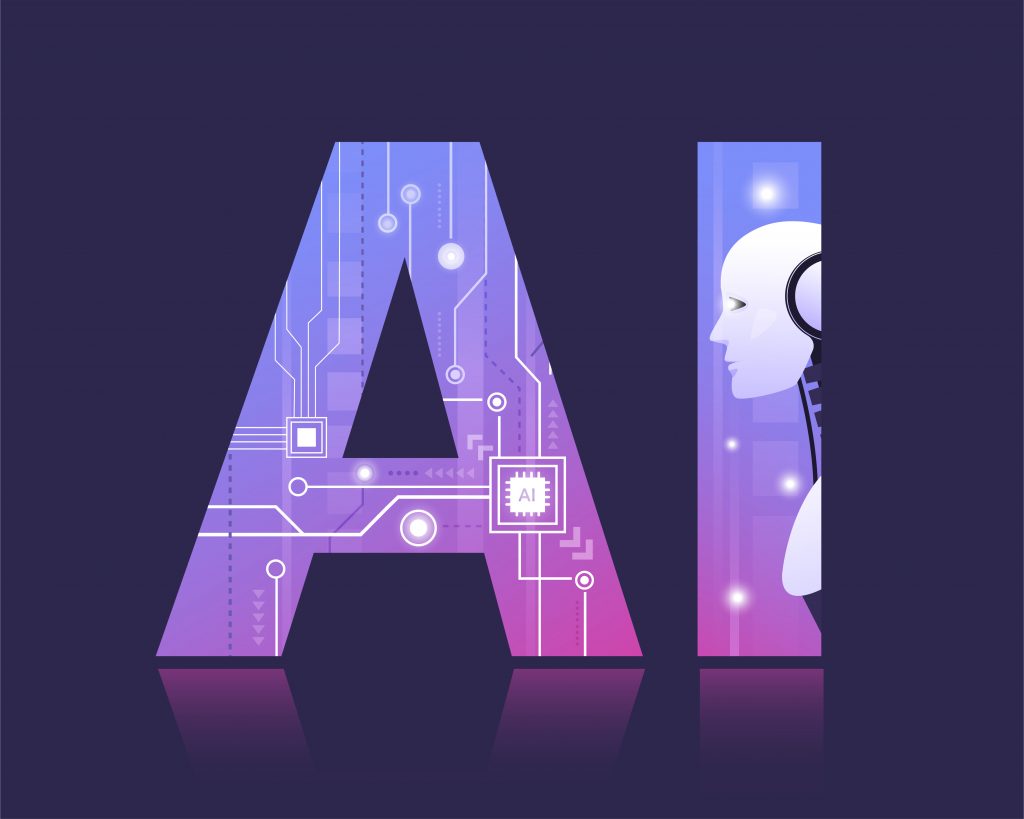
He is not good with words
ChatGPT can prepare an Äarticle, poem, short story, love letter or anything else for us in a few seconds. It currently runs on the GPT-4 (Turbo) language model and can be a useful tool even for writers like us, but without detailed instructions we'll end up with some generic content that isn't very interesting. He also likes to use the same compositions very much. For the introduction he likes to use “In this digital world …”, at the end of the introduction “In the following …” or “In this Äarticle we will be …”, intertitles are usually very general. It's not. For example, if ÄŒ is describing a phone, it will use the name of the components for intertitles. If the intertitle is longer, he will often capitalize all the words. He has problems with prepositions, but he also likes to use words that we don't hear very often, for example “concludeujoÄ, ensure …” and the like.
NiÄ there is nothing wrong with helping each other with the tools available to us. However, it is important to use the tools correctly, check the content and correct it.
Words are a big problem for photo generators. You will now command him that you want him to create a birthday card for you that says "Best wishes, John! When are you going to have a round?', you will most likely get the grease. The problem is not only in šumniks and in Slovenian, language models in general have problems with generating words in pictures. Even if you want the text in English, it may happen that you get something different from what you want.
Each generator also has its own distinctive style of creating photos. If you use DALL-E 3 regularly (within ChatGPT), then you know that its trademark is a more animated style of photos. Once you're used to it, looking at a photo will immediately tell you that it was created by artificial intelligence.
Help yourself with Google Lens or Google image search
When you find a suspicious photo online, right-click on it and “Search with Google”, you can also paste it into Google search engine and Google will show you similar results. You'll also notice at the top “Find photo source” which does exactly what you think. You won't necessarily find the original creator, but at least you'll find evidence that it's a real photo or not.
In the real world, you can help yourself in the same way with the Google Lens function, which is hidden in every camera on Android phones. Point your camera at a photo, search the web and see the results. If there's a famous person in the picture and Google doesn't show you any relevant results, there's a good chance it's an AI photo.
Eyes on the stalks!
The big problem will be our attention. While we browse social networks, watch short YouTube clips and the like, we usually don't pay attention to the smallest details and trifles. It can happen to anyone that they will notice a photo, recording or sound and will imprint in their subconscious that it is something authentic, even though it will not be the case.
There are tools (AI or Not, Hive Moderation...) that can verify the authenticity of web content, but they are not always reliable. We will have to rely on our own judgment and verify everything we see, read or hear.
Cover image: Image by frimufilms on Freepik



